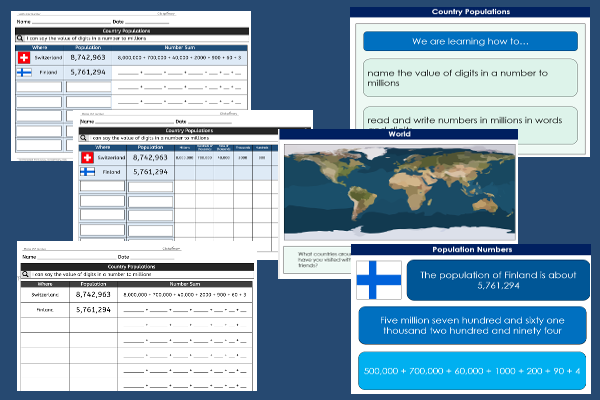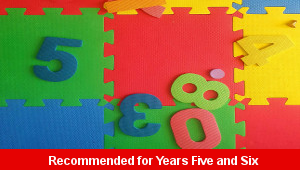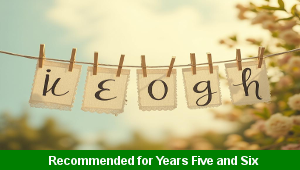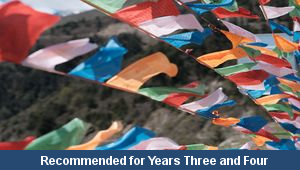Home > Key Stage Two > Maths > Number > Place Value > Number Millions
Country Populations

This maths teaching pack for Key Stage Two gets the children to practise selecting and recording the population numbers of some of the different countries in the world by the place value of their matching sets of digits.
The class can explain and model how to split the population numbers for different counties to show the value of the millions, thousands, hundreds, tens and ones digits.
Download this teaching pack including classroom activities and an interactive presentation to practise selecting and recording the population numbers of some of the different countries in the world by the place value of their matching sets of digits
Activities in this teaching pack include a differentiated set of worksheets to select and list the population numbers of some of the different countries found around the world by the place value of their matching sets of digits that have been presented in both words and numerals.
The interactive presentation gets the children to explore and record the population numbers of different countries in the world by the place value of their digits presented in words and numerals.
This lesson is part of a maths scheme of work to get the children to investigate and compare numbers in millions by identifying the numerical place values of their matching sets of digits. There are teaching activities for shared learning, differentiated worksheets to support independent learning and interactive presentations to introduce concepts and key skills.
-

Digit Combinations
Practise building and comparing a range of numbers by combining and matching sets of digits with different number values
-

Letter Strings Words Sums
Learn the meanings and practise spelling words with common letter strings to work with when composing example sentences on different topics and themes
-

Town Flag
Investigate and practise how to create different graphic shapes that can be utilised when producing a flag representing the local community
-

Three Digit Values
Investigate and compare the place value of the matching sets of digits in numbers to one thousand to indicate their hundreds, tens and ones values
